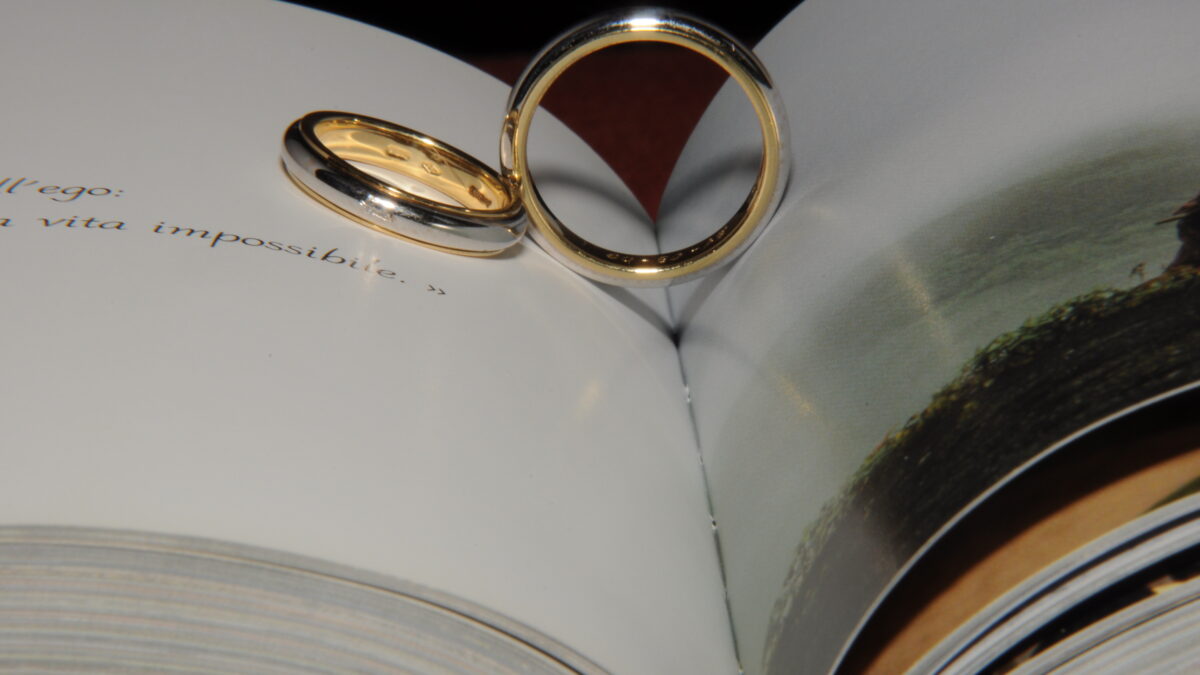
“Love is love” is the undying mantra designed to silence anyone who believes some family forms are more virtuous and valuable than others. It demands we exchange what we know to be true for the belief that any family form is right and good as long as it is freely and mutually chosen. No one has a right to a dim view of another’s choice and everything must be equally affirmed, it asserts.
Yet it remains a silly phrase. Why? Because it doesn’t say anything. It’s a tautology, the equivalent of saying “A thing is a thing.”
Interestingly enough, that fact represents most of the source of the phrase’s slippery rhetorical power — you can’t argue with it because it doesn’t assert anything new. Still, the phrase has taken root in our collective conscience as an uncontested “truth” because so many have become sentimental thinkers rather than critical thinkers, increasingly “thinking” with our cultural conditioning rather than our minds.
Now, in what is clearly intended to be a serious news article about a wholly legitimate form of an old institution, The New York Times freshly demonstrates where this failure has taken us: best-friend marriage. No, this is not about a man or woman marrying “their best friend.” This is something else.
What the Times is celebrating is non-romantic, platonic friends sealing their friendship in marriage. They call it “platonic marriage” adding, “A platonic marriage is a deep bond and lifelong commitment to a nesting partner you build a shared life with.” The Times describes one such couple:
The besties, both queer and open to dating anyone but each other, met in 2011, and decided to get married in September. They sleep in the same bed but their relationship remains platonic.
The New York Times adds these friends married because they wanted to be “legally and socially recognized as a family.” If you’re inclined to respond to this shiny new conception of family this way, I assure you, you’re not alone.
Of course, an essential ideal of marriage is fidelity. But what if sex is not a part of the relationship? In this new conception, the Times explains, it doesn’t not have to be part of your life, maintaining that fidelity need not mean limiting sexual options in “friend marriage.” You see, sex happens outside the relationship — intentionally so.
One featured couple have “never been intimate with each other, and they both have given each other the freedom to date outside their marriage.” The piece quotes a Maryland therapist who has worked with such couples, “Many of these relationships begin because the couple wants their family life separate from their romantic lives, as they don’t find their romantic lives to be stable.”
Such an easy and casual comment forces one to ask what this new conception of marriage leaves standing. Marriage becomes anything some collection of people want it to be. Borrowing from the “love is love” dismissal of any criticisms to this continuing redefinition of marriage, the therapist opines:
If both partners have clear understandings of what is expected, flexibility, and communication skills to address conflicts that come up, do not wish to marry a romantic partner, and are fine with going against the norms, then who are any of us to say it won’t work?
So marriage continues to become something else that it has never been. What we are witnessing here is simply the long continuation and devolution of something that started decades ago. Sociologists have called this development “expressive marriage,” or marriage as self-actualization — whatever brings meaning and happiness to the lives of the adults involved.
Penn State’s Paul Amato, a leading sociologist of the family, explains that beginning in the late 1950s, “Marriage changed from a formal institution that meets the needs of [children and] the larger society to a companionate relationship that meets the needs of the couple and their children and then to a private pact that meets the psychological needs of individual spouses.”
Expressive marriage naturally led to unquestioned no-fault divorce, entering intentionally childless marriages, same-sex marriage, polyamory, and now, “friend marriages.” Students of the family need to appreciate that each of these aren’t increasingly concerning slides down a slippery slope, but individual natural manifestations of the bottom of a slope that, at its heart, was the slow emergence of self-defined “marriage” in the service of personal happiness.
We when we make marriage primarily about the rights of adults — their personal life-fulfillment and self-actualization — and forget its other essential social functions, anything becomes possible. And it has. Marriage between “besties” is simply the next step in this regression.
The silliness will certainly not stop here. And we can bet “serious” publications like The New York Times will advocate it while chastising us if we don’t.









